|
We tend to think of Gouldian Finches (Erythrura gouldiae) as being very rare and elusive in Queensland these days, consistent with their Endangered status for the state. So, it came as some surprise for Patrick de Geest and I to find a concentration of over 100 Gouldian’s “on our doorstep” here in North Queensland. That day was going to be the very last day for surveying finches as part of a Northern Gulf finch project, but that suddenly changed! This wet season concentration comprised birds in adult plumage and observations of courtship and nest inspections indicated that they were close to nesting. This situation provided the incentive for us to undertake further study to help understand what makes Gouldian’s tick locally. With the help of funding and admin support from BLNQ, Wettenhall Environment Fund, BL Australia and North Queensland Natural History Group, plus field support from several volunteers and landowners, we have been able to pinpoint some breeding areas. Key questions we ask are: 1. What are the broad habitat characteristics and grazing and fire regimes of the areas being utilised by Gouldian Finches compared with those of areas not being used? (in NW Australia Gouldian’s use areas where perennials have had long fire-free periods) 2. What are the seasonal foods of Gouldian’s at the site including during nesting and in late dry season (e.g. do they include Triodia which is a transition grass for Gouldian’s between Sorghums and wet season grasses in NW Australia, or do annuals provide that transition here?) 3. Is breeding at this NQ site successful? Given Gouldian Finches are believed to be short-lived, a viable population will require significant productivity. 4. Are there other Gouldian concentrations in the wider area/neighbouring stations? Supplementary questions relate to nest sites, colour morphs and the habitats of Masked Finch and Black-throated Finches To date, we have found 13 families with dependent young and the number of young seen suggests a more than adequate breeding success (see Fig below). A key aspect is determining the habitat characters and quality with 5 or 6 grass species appearing to be pivotal for Gouldian’s locally, but others may also prove to be important. Species associations of Gouldian Finches with Wood-swallows appear to play key symbiotic roles and also helps us to locate finch concentrations We are examining the composition and dynamics of species associations to help interpret potential benefits. For instance, associations with alert birds may be beneficial for the early detection of and avoidance responses to predators, including feral cats. Camera traps are revealing potential threats around the drinking areas.
2 Comments
|
Ray PierceMy early research was on threatened waders of mountain riverbeds including Wrybill, Double-banded Plover (Banded Dotterel) and Black Stilt in New Zealand, Ibisbill in the Himalaya and Diademed Sandpiper-Plover in the Andes. Ecological studies of Stilts formed the basis of my PhD at Otago University, New Zealand (1983) and the Recurvirostridae chapter for Handbook of the Birds of the World, Volume 3 (1996). My research has since expanded to include threats and threat management for seabirds and forest birds in New Zealand (as Conservancy Advisory Scientist for Department of Conservation 1990-2001) and as a consultant in New Zealand and the Pacific Islands (since 2001) and Australia (since 2008). Island restoration in the Pacific has included feasibility studies and outcome monitoring for invasive species work. I have maintained a high citizen science link with Community Groups in New Zealand and Australia by helping to develop restoration plans and outcome monitoring. Current collaborative projects are in the Solomon Islands (threatened fauna of Santa Cruz Islands with CEPF and OceansWatch), Kiribati (biosecurity, invasive species management and bird monitoring with Pacific Biosecurity, Derek Brown and others) and northern Australia (bird and habitat projects with e.g. BirdLife Australia). ArchivesCategories |
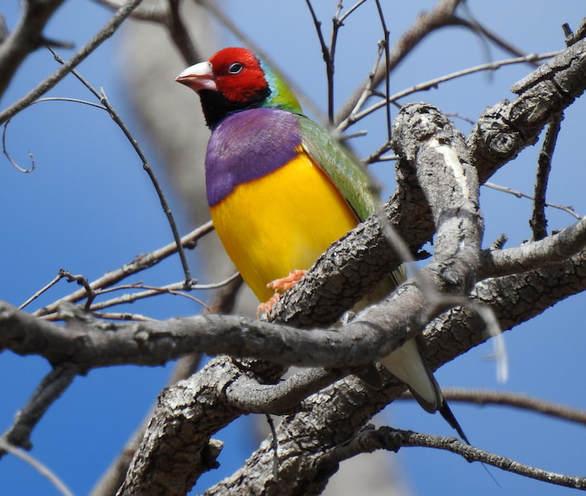
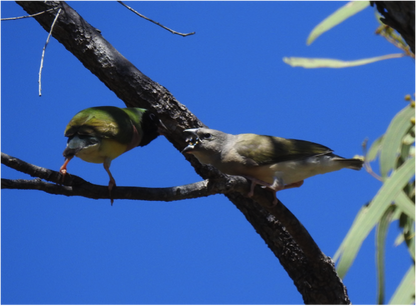
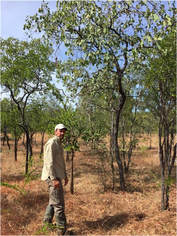
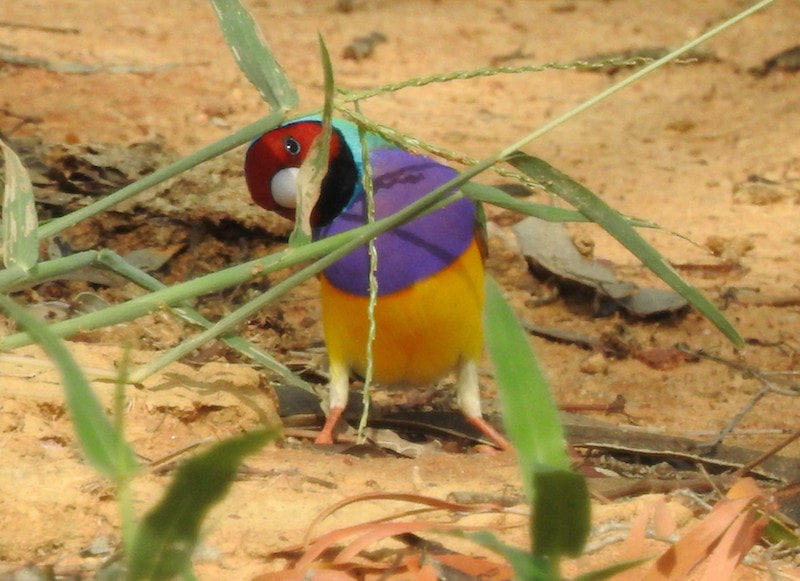
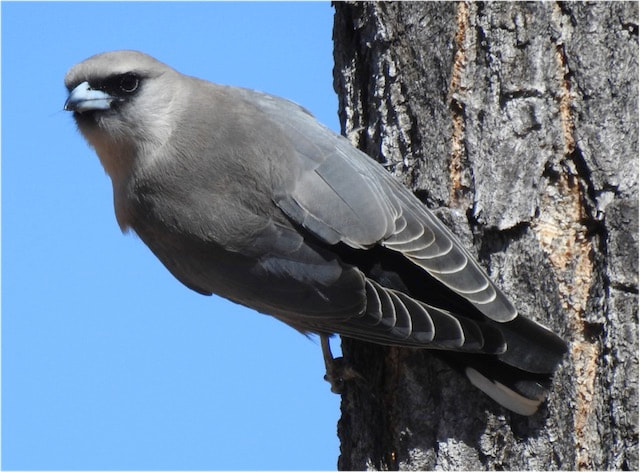
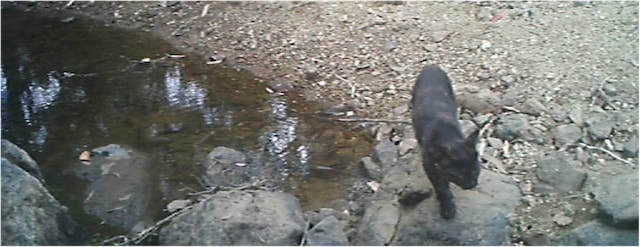
 RSS Feed
RSS Feed